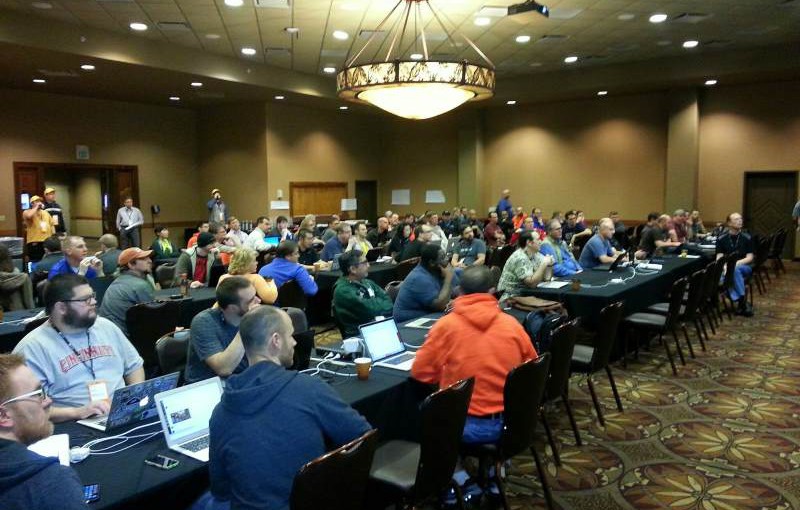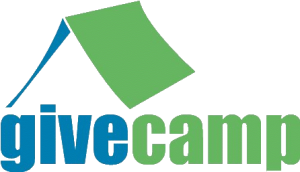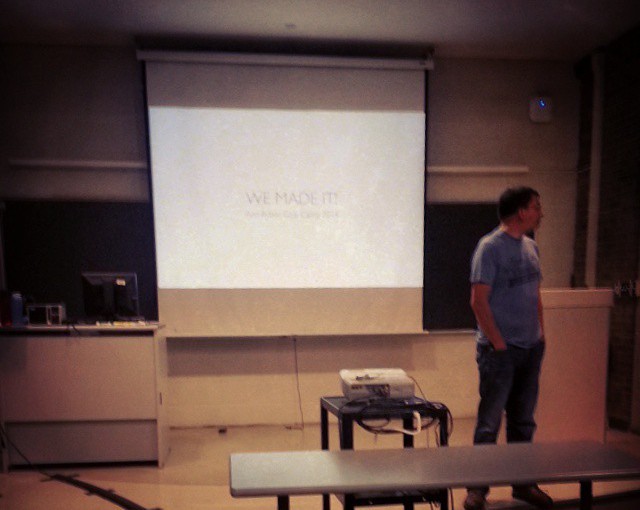I am pretty selfish. I would like to think I can be wholly altruistic, but I cannot remember a deed I did for someone else where I was not rewarded by a general feeling of well-being. Perhaps this is normal and we kid ourselves that true altruism exists because, well, it feels good to believe that. Recently, I realised it is because of this feeling that I volunteer as part of the local developer community.
I have been involved in the Ann Arbor area developer community for just under five years. A couple of colleagues had suggested I attend an Ann Arbor .NET Developer (AADND) meeting, but oddly, a woodworking class is what led me there. In that class, I met fellow developer Steve Meagher, we became friends, and he eventually persuaded me to tag along with him to a .NET meeting. Like many within the developer community, I avoided user groups and other community events for fear of not fitting in or some other perceived discomfort. At that first meeting, I met David Giard as he was the speaker that evening. Meeting David turned out to be a gateway into the wider community and volunteering. At the time, he was the president of the Great Lakes Area .NET group (GANG) and he invited me to attend a meeting there the following week. Just as with Steve at woodworking class, another connection was made and so it was that my adventures in the developer community continued. Through the friends I made attending the local groups, I ventured to far off places like CodeMash and Kalamazoo X. Through the friends I made attending those far off places, I ventured to electronic wonderlands like Twitter, StackOverflow, and my own blog. And eventually, through the encouragement I received from this amazingly supportive community, my family, and my friends, I found the courage to look inward, to seek help for the demons that fostered my low self-esteem, and to grow.
I have volunteered on the board of AADND, as a participant and team leader at Give Camp, and as a speaker at CodeMash; having thoroughly enjoyed every second, I can tell you that volunteering is 100% pure fun.
OK, that is utter bollocks; volunteering is hard. There is no pleasure in finding content for newsletters and slide decks, no joy in the conflicts a team faces when you have less than a day to get a database migrated, no comfort in preparing and rehearsing a talk1. Volunteering is often stressful, sometimes boring, and always built upon a foundation of compromise and sacrifice. If those things were the rewards of volunteering, I cannot imagine anyone who would do it. Every year, Michael Eaton tells a tale of how he declares that this Kalamazoo X will be his last. That it is too much work. Too much worry. Too much sacrifice.
Thankfully, the hard work leads to gratitude: the emotional words of a non-profit director overwhelmed by the generosity of local developers; a room of people applauding at the end of a talk; or a simple "thank you". Regardless of its delivery, seeing or hearing that someone is grateful makes all the effort worthwhile. It feels good. For community volunteers like Michael Eaton it is the gratitude shown by attendees, speakers, and co-organizers that ultimately leads to more events (like just one more Kalamazoo X).
So, next time you enjoy something that someone volunteered to do, show your gratitude. And if the opportunity arises, try volunteering; you have no idea who might be grateful and how good that might feel.
- or a last minute Pecha Kucha that your friends then make sure will get heard while you are busy searching for that lost sleep [↩]







